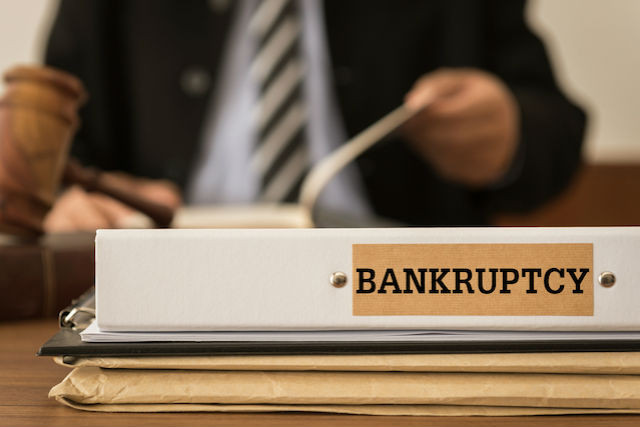Responding to a parliamentary question from Mars de Bartolomeo (LSAP) on Thursday, economy minister Etienne Schneider (LSAP) cited the companyies register which 1,189 bankruptcies last year, up 31.5% from 904 in 2017.
Over half of bankruptcies were recorded in firms which did not have any employees. In 2018, this was the case for 57% of bankruptcies, up from 43% the year before.
Bankruptcies were most common in the finance and insurance sector, representing a third of the number, followed by wholesale, which represented one in ten bankrupt company’s activities, construction (10%), and science and research (10%). While industry represented 2% of the total bankruptcies, the number of bankruptcies in this area grew 100% compared to the year before. Holding companies accounted for 321 of cases in 2018, compared with 200 in 2017.
Sébastien Binard, an Arendt & Medernach partner active in private equity and restructuring, told Delano on Friday that he was not surprised by the rise in companies employing no staff which declare bankruptcy.
The lawyer said this was normal because “of the fact a lot of investment vehicles form part of the Luxembourg companies being set up.” He said the marked growth of bankruptcies in companies without staff was “probably due to the growth of the financial sector generally and the good performance in the financial sector.”
Binard suggests the results serve as a reminder to the government to speed up its revision of legislation on restructuring proceedings. He said: “Because, among the companies without staff, there’s a lot of investment vehicles which contract with banks and could benefit from good legislation in restructuring.”
Michel-Edouard Ruben, an economist at Luxembourg think tank Fondation Idea, agreed the current insolvency regime is poorly designed. However, he added: “bankruptcy is not necessarily a bad thing as it allows, in a well-designed regime, reallocation of capital (including human capital) and is a prevention against the accumulation of zombie firms in the economy.”
Ruben also urged for the bankruptcy law reform to ensure “that the personal cost associated with entrepreneurial failure is not so high that it acts against entrepreneurial desire and spirit.”
According to an article Binard co-authored on Mondaq, Luxembourg insolvency law is designed to keep failing businesses operating and facilitate their restructuring but there have been few cases of such procedures being opened in practice.
A 2016 European Commission country report ranked Luxembourg 27th among member states when it comes to effectiveness of its insolvency proceedings. It wrote that the “most likely outcome in financial difficulty in Luxembourg is liquidation.”
Luxembourg’s parliament drafted bill 6539 dated 26 February 2013 on business preservation and modernisation of bankruptcy law. The legislative process is ongoing with new amendments published in March 2018.
